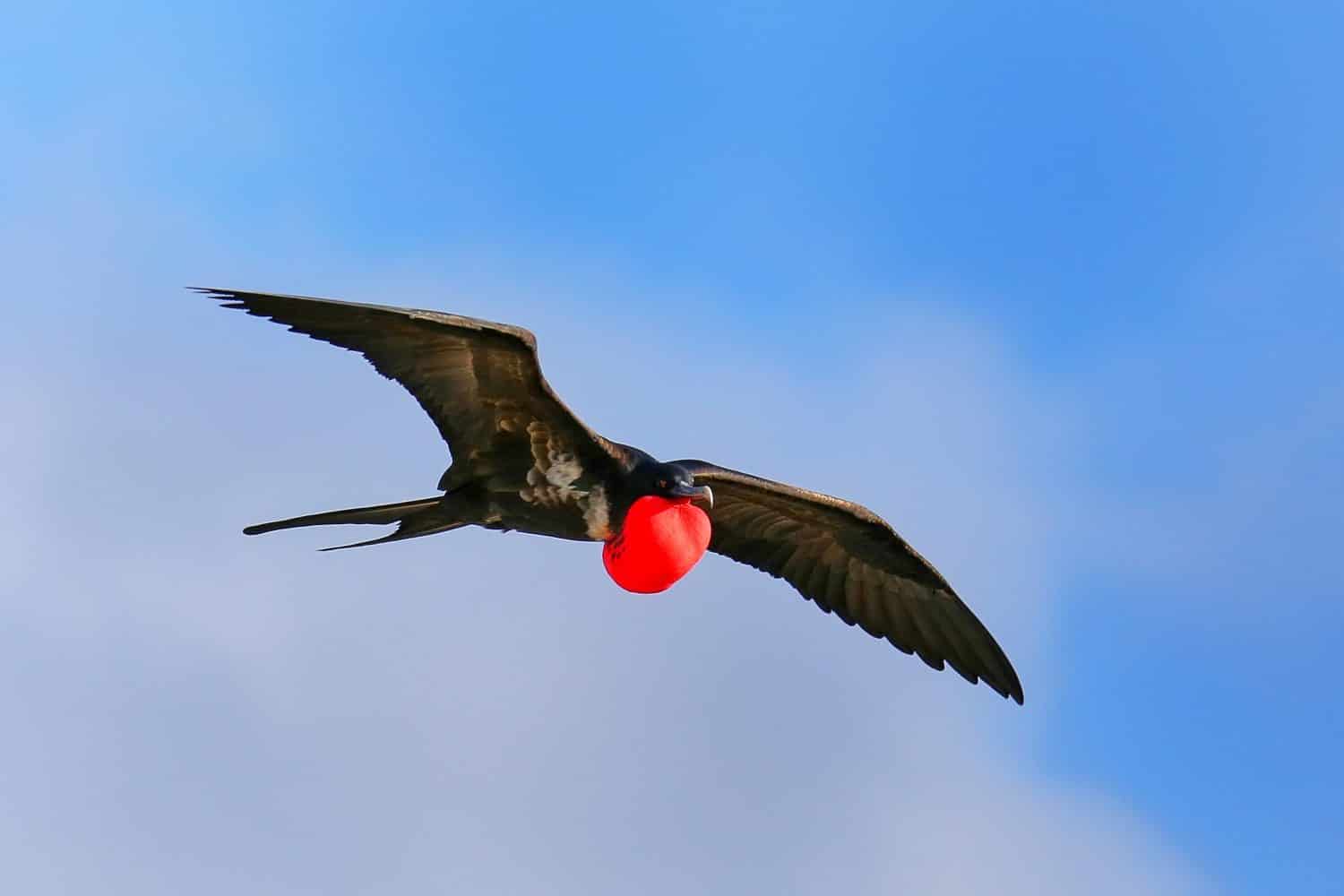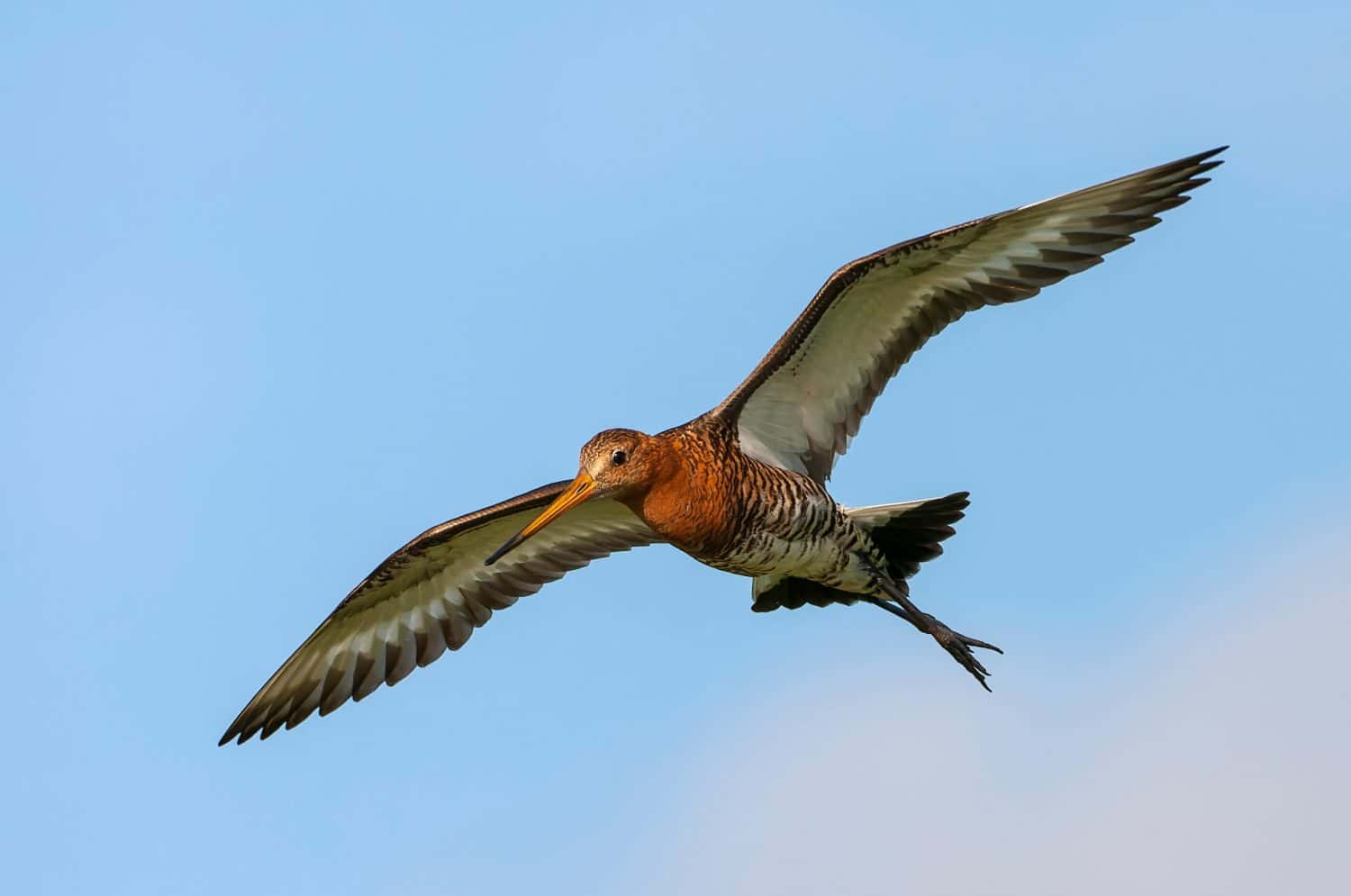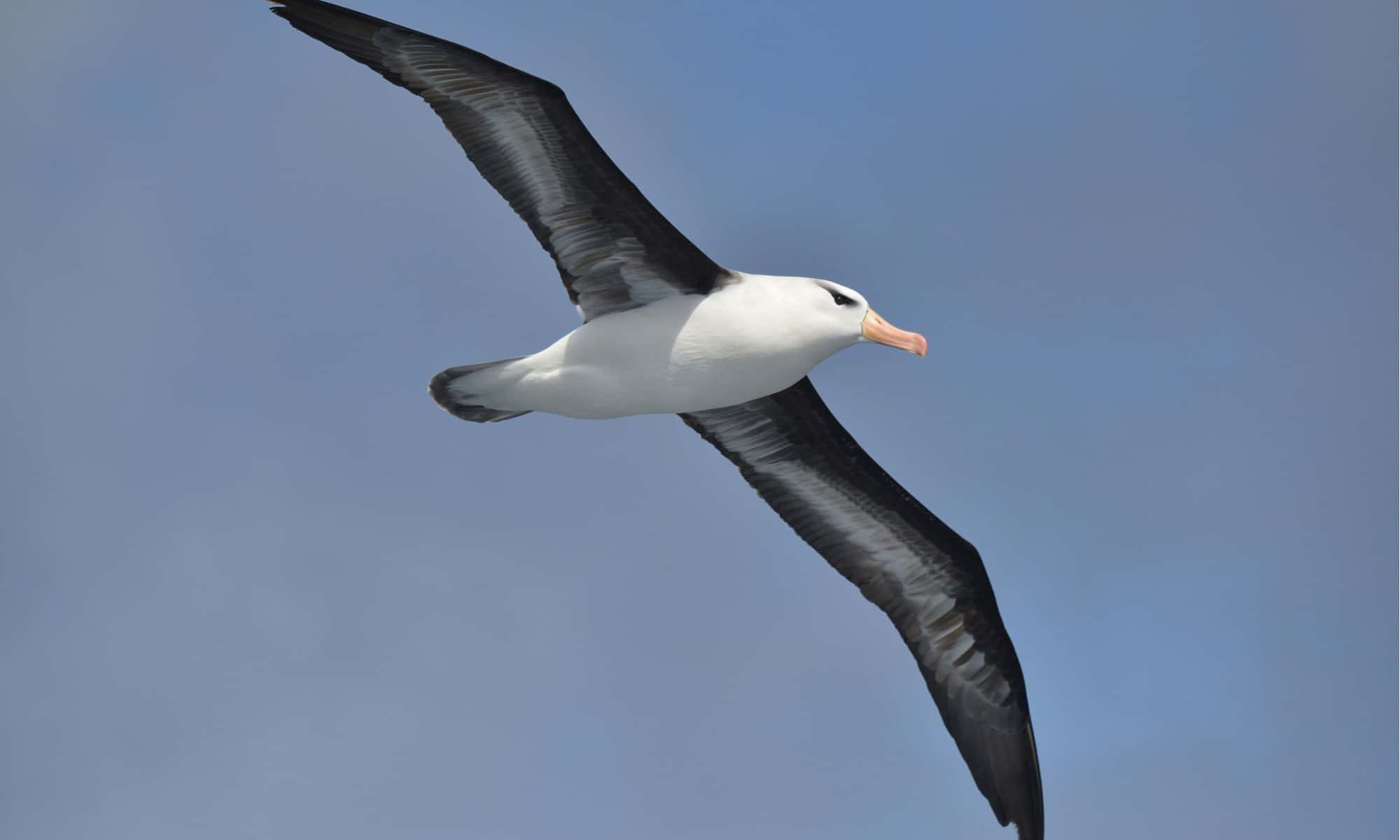As humans, we spend a significant one-third of our lives asleep. We struggle to function well without the recommended seven to nine hours of nightly shut-eye. ‘Sleep’ is a universal need. However, have you ever wondered how birds like the alpine swift fly for six months straight without stopping to get any sleep? That’s because many avian species have a special ability: they can nap in flight without dropping out of the sky. This secret superpower is called ‘uni hemispherical sleep’. It allows the bird to shut off one half of their brain while keeping the other half of the brain and the corresponding eye open. By doing this, an NCBI study points out that birds can continue to maintain aerodynamic control of their flight. They can also visually monitor where they are going. Here are some amazing birds that sleep while flying.
Canada Geese

Canada Geese usually fly at a speed of 40 miles per hour during migration, although they can increase their flying speed to even 70 miles per hour when propelled by a strong tailwind.
©Krasula/Shutterstock.com
Geese are one of the birds that are known for their remarkable ability to sleep while flying or swimming. Using their special uni hemispherical sleep abilities, they maintain a basic level of awareness even when soaring at impressive altitudes, such as 15,000 feet above the ground. Leveraging this capability, Canada Geese can cover up to 1,500 miles in a single day if weather conditions are favorable.
Frigates

Frigatebirds only sleep for about 45 minutes while in flight but can sleep for roughly 12 hours each day when they are on land.
©Don Mammoser/Shutterstock.com
The frigatebird is another bird with the extraordinary ability to snooze in the sky while flying. The large sea bird is known to engage in long flights, continuously for weeks without landing. During their long flight, it was found that they only take a power nap. This power nap may last for as little as ten seconds so that they remain afloat.
These birds typically sleep for about 45 minutes a day while flying and usually sleep only after it is dark. In contrast, on land, they may sleep for one minute at a time throughout the night and day.
Godwits

In pre-flight preparation, Godwits build huge fat reserves to help them survive the extensive migratory journey.
©Traveller MG/Shutterstock.com
Godwits are a set of migratory birds that rely on what is called unihemispheric slow wave sleep (USWS) to get some quick shuteye while in flight. These wading birds from the sandpiper family spend the mild northern summer along the arctic shorelines. As winter arrives, they take off for the Southern Hemisphere. During their extensive flight, when they need to rest, Godwits employ a fascinating strategy—they shrink their internal organs and engage in short bird naps by putting one-half of their brain to sleep while remaining airborne.
This evolved ability allows Godwits to cover astonishing distances, navigating up to 8,000 miles of unbroken ocean from Alaska to New Zealand. They can also maintain an impressive flying speed of 55 miles per hour for 11 consecutive days without stopping.
Common Swift

The Alpine Swift, found in
Africa
, Asia, and Southern Europe, holds the record for the longest uninterrupted flight, remaining in the air for an astonishing 200 days straight.
©Sokolov Alexey/Shutterstock.com
The common swift is known to spend the majority of its life in the air. This shows an increasing possibility that these birds do in fact sleep while airborne. According to a study published by Science Daily, there are at least 100 species of swift that are completely adapted to life in the air. These birds can perform essential activities like eating, sleeping, and even mating while airborne. They maintain this lifestyle for up to ten consecutive months without the need to land. The Common Swift typically rests only in the night and does so while continuing to glide at about 20 km/hr.
Albatross

The
Albatross
can fly high in the sky for many days without flapping their wings even once.
©Vladimir Strnad/Shutterstock.com
Evidence supporting the idea that albatrosses can sleep while flying is largely circumstantial. Scientists have reached this conclusion due to the rare sightings of these birds on land. Albatrosses are known for covering incredible distances, up to 49,700 miles, without making contact with land. Their expansive wing span enables them to traverse such long distances without having to use their muscle.
The photo featured at the top of this post is © Toni Genes/Shutterstock.com
Thank you for reading! Have some feedback for us? Contact the AZ Animals editorial team.






